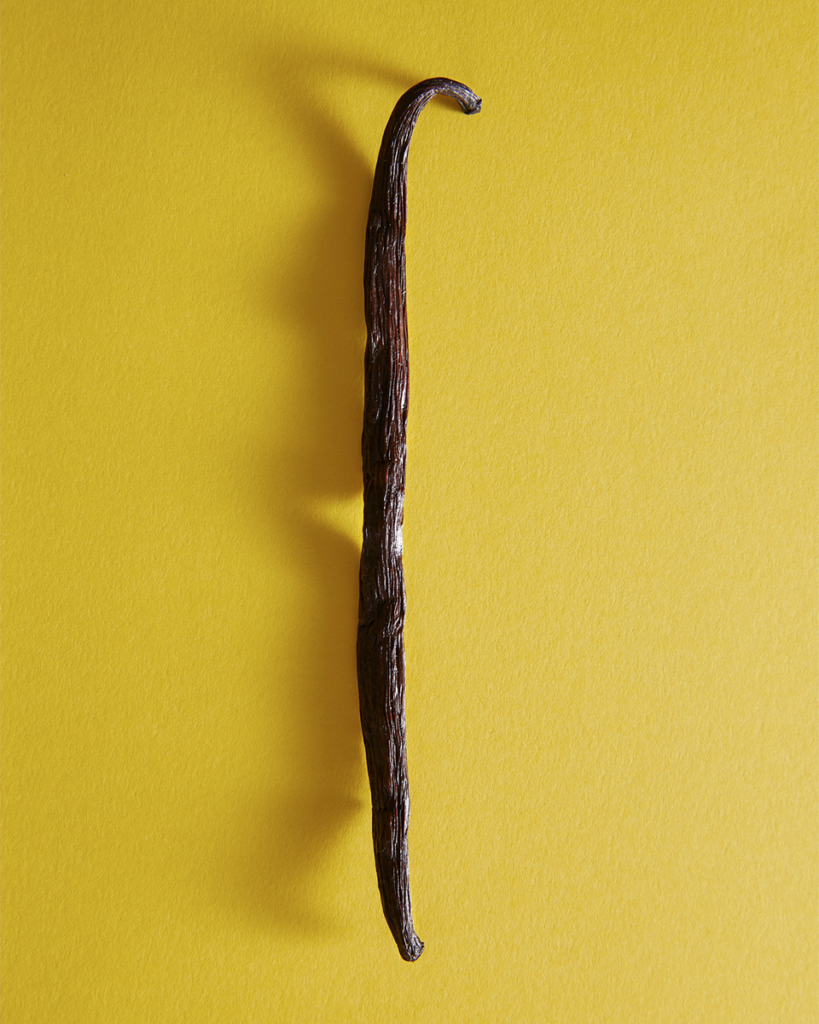Sustainable Vanilla
The environmental and social benefits of sustainable vanilla start with farming practices that work with nature, not against it.
Vanilla for Climate Resilience
Vanilla is a creeping plant that grows well under tree canopies, encouraging agroforestry and intercropping with crops like coffee, bananas, and fruit trees. The trees and shrubs provide shade for vanilla while adding food and additional income sources for farmers. This symbiotic relationship increases land productivity, promotes tree planting, and supports zero-tillage farming, which is essential for soil regeneration.
The Perfect Ecological Crop
Vanilla sustainability is built-in: Ugandan vanilla doesn’t require pesticides, fungicides, or tilling. Vanilla thrives in a mixed-shade ecosystem, so the typical Ugandan vanilla farmer doesn’t practice slash-and-burn agriculture, which clears large areas of land.
Farmers at the Forefront
As one of the most valuable spices, vanilla is an excellent source of income for farmers. Many Ugandan exporters have close relationships with farmers and help small-scale vanilla growers improve their practices. Some exporters and cooperatives also support farmers through Fairtrade certification.
